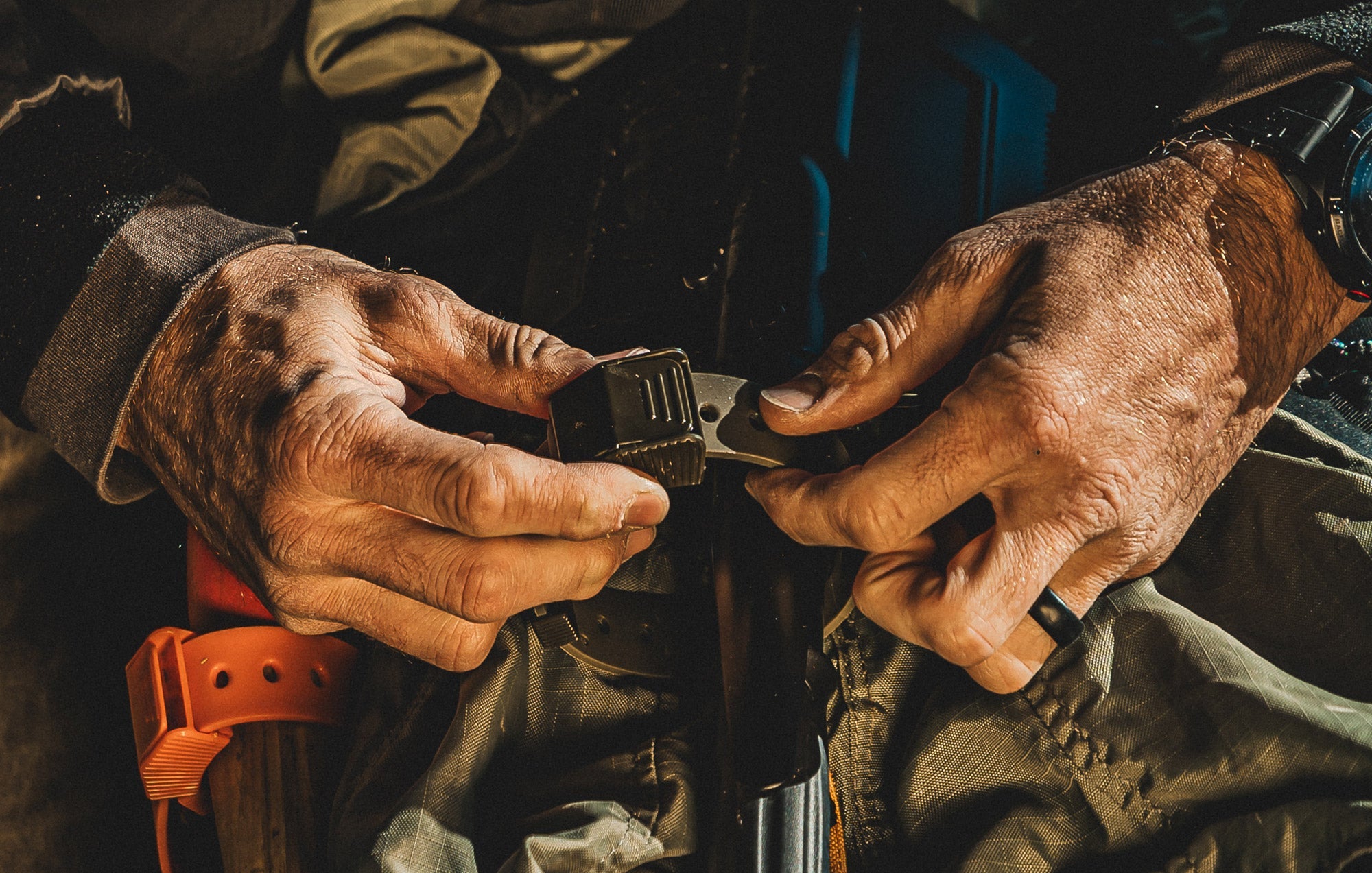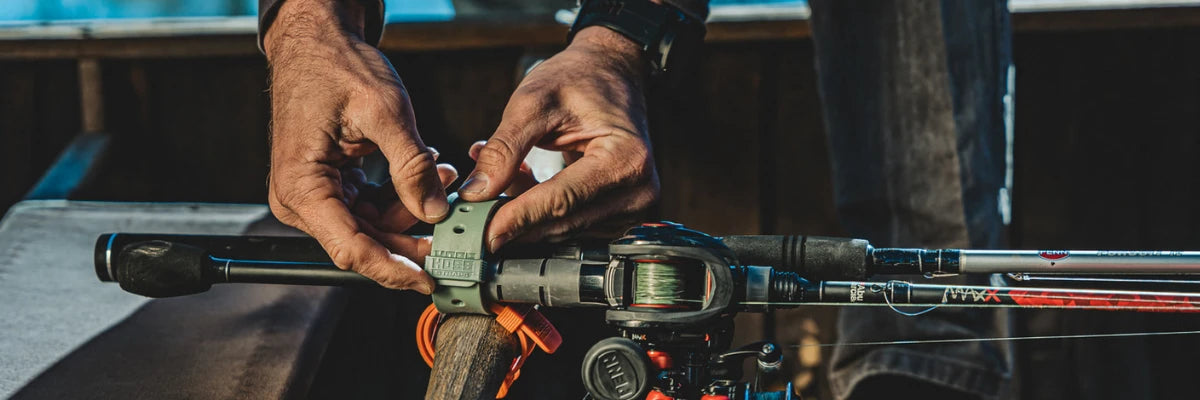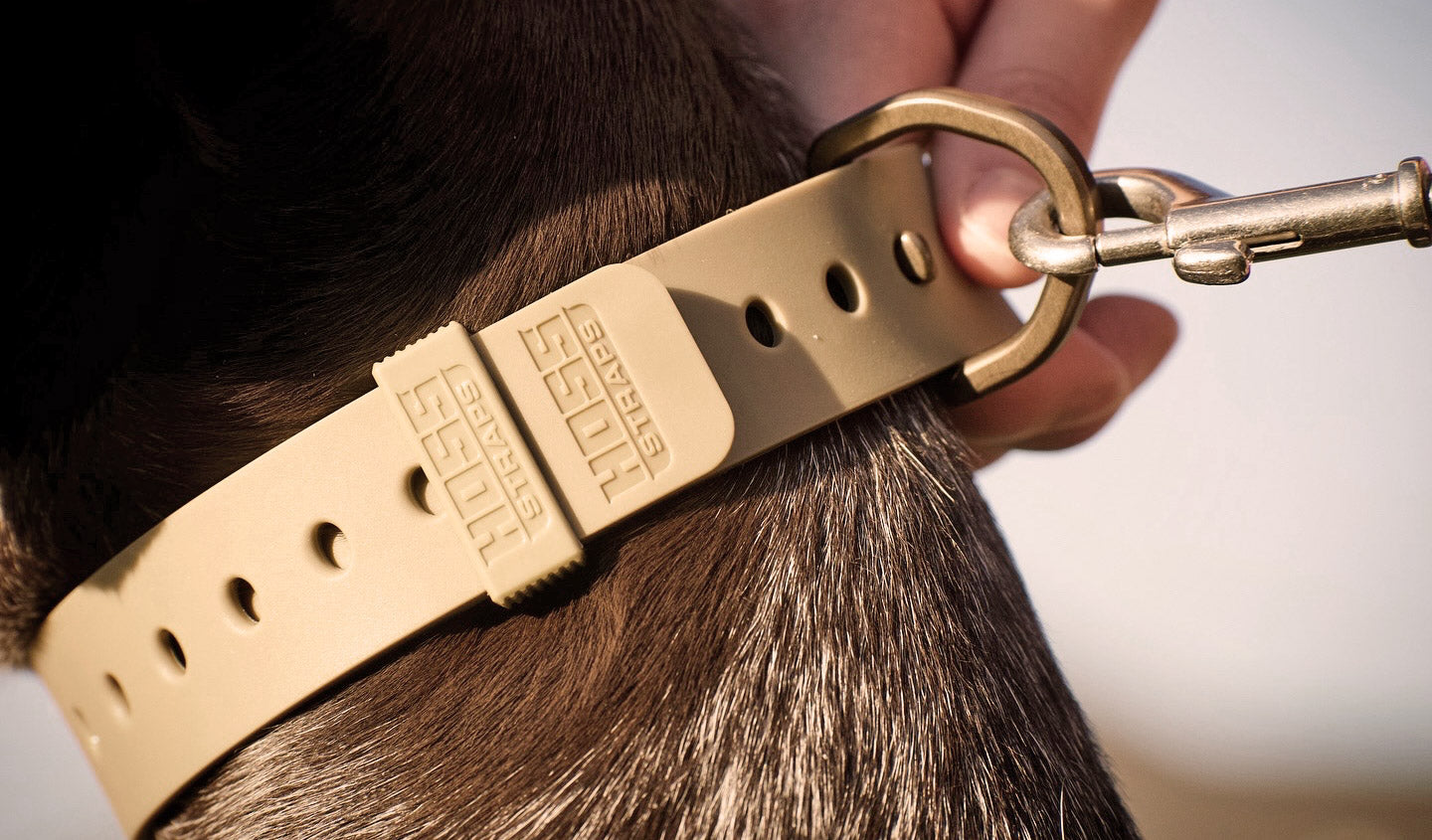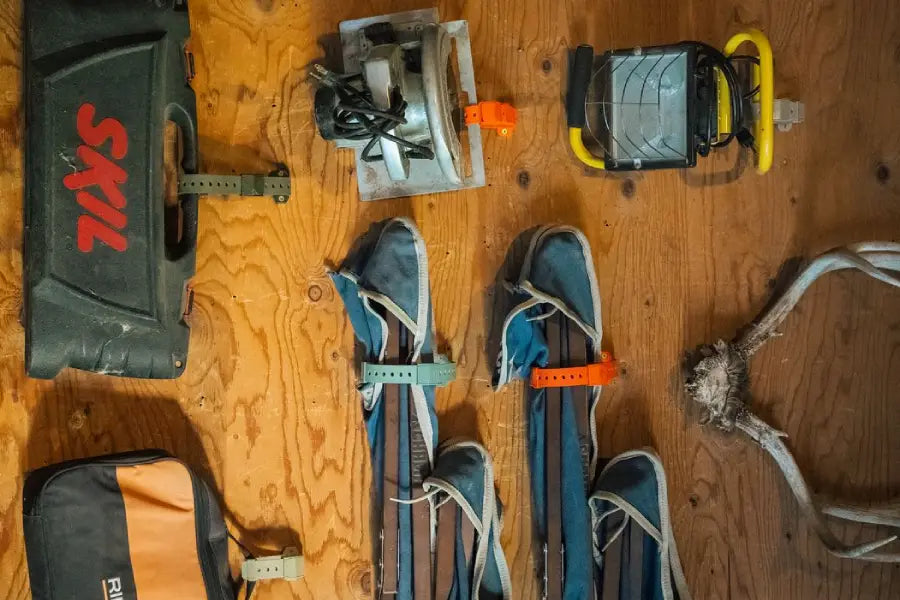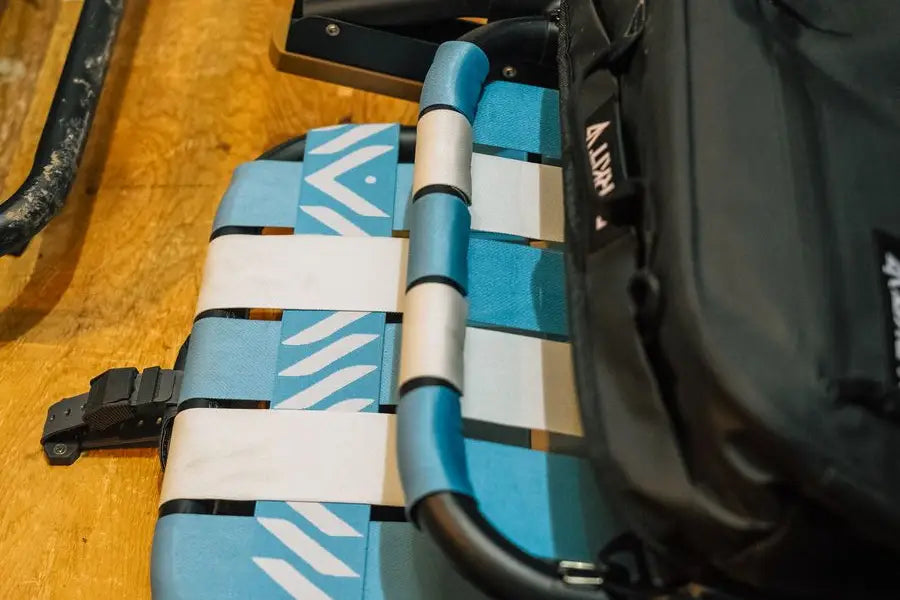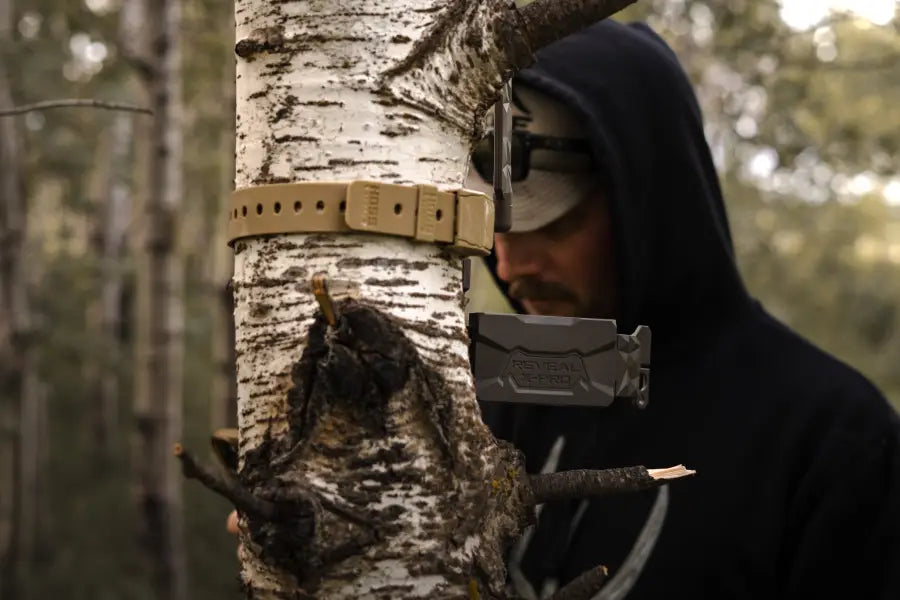Post Straps: Securing Poles, Posts, and Tubes With Ease

Check out our power pole straps, tubing straps, tool organization, tool storage, cord storage and more!
When you need a reliable way to fasten, bundle, or organize everything from garden stakes to jobsite braces, post straps step up with straightforward strength and versatility. Here’s how post straps empower DIYers, contractors, ranchers, retailers, and outdoor adventurers around the world—using plain, practical language and honest information.
What Are Post Straps?
Post straps are simple, tough bands designed to wrap around poles, posts, tubes, or nearly any cylindrical item. Unlike rope, bungee cords, or metal ratchet straps, post straps combine repeatable tension with quick-release handling. They’re available in materials like engineered webbing, weather-resistant rubber, polyester, and even metal for extra-heavy-duty jobs (Hoss Straps, 2025). Common uses span from fencing and plant supports to modular shelving, signage, and gear transport for work or play.
Why Use Post Straps Instead of Rope or Bungees?
Speed and Repeatability
Unlike knots, which take time and skill, post straps cinch tight and let you adjust tension instantly. Flip a buckle, pull a tail, and your bundle is locked in—no wrestling with knots or tangled rope. This matters when efficiency counts, like staging materials on a jobsite or organizing tools in your garage (Coastal Country, 2017).
Grip and Protection
Quality straps feature non-slip surfaces and hardware designed to protect finished wood, coated metal, or composites from scratching or denting. Whether you’re rigging up a bike rack for a trail ride or bundling delicate irrigation tubes, the strap keeps gear safe (Sling Lashing, 2025).
Weather and Wear
Engineered webbing and EPDM rubber post straps handle rain, sun, grit, and cold far better than elastic bungees—which lose tension and grip over time (Enterprise Rubber, 2025).
Core Use Cases by Audience
DIYers and Homeowners
-
Repair fences, secure yard tools to racks, mount temporary signs, organize garden stakes or PVC pipes.
-
Build vertical gardens, string lights, or brace posts for new projects (Heathered Nest, 2025).
Contractors and Builders
-
Bundle conduit, lumber, pipes, and staging materials.
-
Brace framing, mark safety zones, and keep jobsite transport simple and safe (Borhaf Metal Fabricator, 2024).
Agricultural and Ranch Users
-
Fast tie-downs for T-posts, irrigation tubes, panels, corral repair—even securing posts in rough field fixes.
-
Favor straps for rapid deployment and re-use across changing weather conditions (Western Packaging, 2024).
Retail and Resellers
-
In-aisle displays, seasonal resets, stock room organization, fixture mounting—post straps deliver quick, reusable security for retail settings.
Outdoor Enthusiasts
-
Rig campsite shelters, hang trail signage, fasten paddles, fishing rods, or organize gear for biking/skiing.
-
Use leave-no-trace methods to prevent damage to trees or posts (Enterprise Rubber, 2025).

Choosing the Right Post Strap
Diameter Fit and Adjustability
Match your strap to the circumference of poles or posts—adjustable buckles and variable lengths mean one strap can secure small and large items. Avoid one-size-fits-all claims; measure your most common needs before buying (Hub Packaging, 2025).
Material and Hardware
Look for weatherproof webbing or rubber, coated hooks or fasteners, and closures that stay secure but release without fuss. Check user feedback if working in extreme sun or rain—EPDM rubber is proven to last in outdoor applications (Hoss Straps, 2025).
Safety and Common-Sense Limits
Inspect straps for damage before use. Don’t substitute straps for lifting heavy loads overhead, and don’t use worn or frayed hardware. Use two straps instead of one for long objects or whenever anti-rotation control is needed (Blackwood Solutions, 2022).
How to Use Post Straps (Step-by-Step)
-
Wrap: Lay the strap around the post, keeping it flat and untwisted.
-
Route: Thread the strap through or around the buckle/hook as directed.
-
Cinch: Pull to desired tension—avoid overtightening, which can damage gear or posts.
-
Check: Tug gently to verify stability; reposition if needed.
-
Release: Quick-release buckles allow you to loosen and reuse the strap instantly.
For longer poles, use two straps to prevent rotation. For poles exposed to movement (wind, traffic), double up or reinforce with padded hardware (Tent & Table, 2023).

Care, Cleaning, and Storage
Shake out grit, rinse straps after use (especially if exposed to mud or chemicals), air dry, and coil for storage out of direct sunlight. Keep away from oil, solvents, or constant UV exposure to extend strap life (Hoss Straps, 2025).
Pro Tips for Better Results
-
Pre-measure frequent post sizes and mark favorite strap lengths.
-
Use two straps for anti-rotation on long poles or tubes.
-
Keep a kit ready (in the garage, truck, or shop) for instant use.
-
For temporary rigging, cushion sharp corners with foam or duct tape before cinching down straps (Wire Fence, 2025).
FAQ
1. How do post straps differ from rope or bungee cords?
Post straps provide consistent tension and easier release, with less risk of slippage, compared to rope or bungees that can wear out or require knots. They’re quicker for repeat use and safer for finished surfaces.
2. How long will a quality post strap last outdoors?
Weatherproof straps can last multiple seasons if maintained and not left exposed to harsh elements nonstop; inspect periodically for cracks or wear before each use.
3. What’s the best way to size a strap for posts or tubes?
Measure the diameter or circumference, choose an adjustable strap with a range that fits your common needs, and test fit before relying on it for critical jobs.
4. Can post straps be used in wet or cold environments?
Yes; EPDM and many webbing materials are designed for weather resistance. Always dry straps before storage to prevent mildew or brittleness.
5. How do I know when to replace my straps?
Replace any strap showing signs of cracks, extreme stretching, fraying, or hardware damage. Frequent use and harsh exposure accelerate wear, so inspect often.
Ready to secure your posts with confidence? Visit Hoss Straps Collections today and explore our wide range of straps, designed for safety, reliability, and peace of mind on every adventure!
